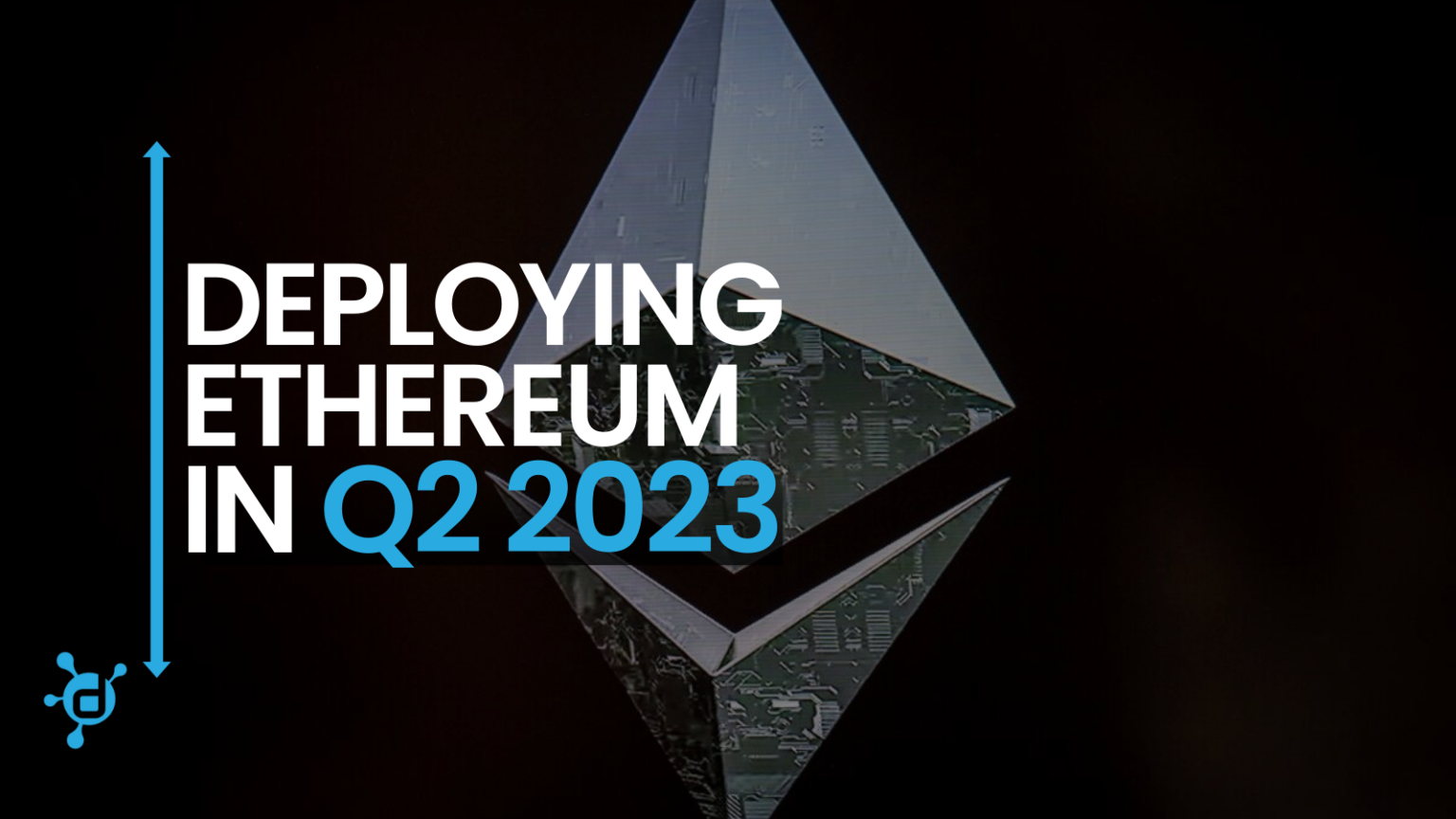Whether you’re new to the web3 space or you’ve been here a while, it’s pretty clear that opportunity cost is all around you, just like it is in any investment decision. As you analyze different projects, you’ll inevitably realize that we have reached a point where the maturity varies a lot from one opportunity to another.
So, assuming you aren’t sitting on King Midas’ pile of Ethereum from the good old days. You actually are spending your money turning hard-earned fiat cash from your paycheck into new ETH to contemplate where you might want to look next in the world of NFTs. It’s the depths of a bear market and there are falling prices all around. That being said, let’s go over some things that are worth considering when accessing the current market.
Track Record

We’re reaching a point going into May 2023 where some of the longer-term projects in the space are approaching a two-year anniversary. Still, every day, new projects and ideas are founded and funded. The question becomes how to qualitatively value the work that tenured founders have put in against the new resources and energy of a green founder.
The first place that should be examined, in my opinion, is the project’s socials. If there is a history of the project and what it has accomplished so far in its existence, diving into that is essential. Take careful note if you can access the information about what was promised at the beginning of the project and compare that to how the project has actually evolved.
Unless you are analyzing a project that is solely art-focused, generally a membership NFT or utility NFT will have some type of business aspect that you can analyze. Even an art project can have holder benefits and follow some type of roadmap. Figure out how the founder is delivering on their vision.
This is an easy decision if comparing a project that has been a disaster versus a new project. Founders who chronically underdeliver might just be underwater at this point, especially if the project has been going on for a long time. In these cases, it could be a better bet to go with a new project despite the lack of track record on which to base decision-making.
Almost no project hits its goals 100% – that’s a very common new business characteristic. However, weighing the experienced founder with a decent track record against an unproven new project can be tricky. This is where our next category steps in.
Vision

Enter any discord of an enthusiastic community and there will be plenty of people telling you why you should join their project. Often, the community is a central focus. These groups of people have been hanging out virtually, sometimes in real life, for months if not going on years at this point. They love the people they’ve met and they feel bonded to them. The community really does make the space; however, buying just for the community is a dangerous proposition.
A key question that seemingly often gets overlooked is where is the project going next. There are 18 months of previous runway but what about the next six months? How about the next 18 months? What makes you confident this is a good use of your money, rather that’s to flip the NFT for a profit down the road or utilize the benefits of holding that particular token?
New business concepts burn capital and they burn it fast. Unless a project was flushed with venture capital back in the bull market and they didn’t spend it all on champagne and caviar, chances are the founder or team of whatever you’re looking into is hurting, just as I’m sure you are. You finally scrounge up enough money to invest in a classic “blue chip” project. What is that project going to do for you down the road besides giving your PFP brand recognition? Does the business solve a problem? How do you see being a holder scaling to your benefit? What can you do to help yourself and your investment?
Ethereum Floor Data

The history of what it costs to join the community you’ve been eyeing is important. NFTs and their legal standing as far as how they’re categorized as an investment still is being defined, but most anyone would agree that if something used to cost ten times what it does now, that creates a natural curiosity for potential new buyers to wonder what happened. Sure, you could be getting an amazing deal. You also could be getting someone’s leftover scraps. Data on collections with trading volume on Ethereum can be found on OpenSea, Blur, and across a variety of chains through the Floor app.
Imagine buying a car that used to cost $10,000 for $1,000. Sure, you got a great deal, but then you find out the muffler is failing, the tires are balding, and your check engine light is constantly on. After a few months, you’ve gotten to be on a first-name basis with your local mechanic and you regularly pick up your mechanic a coffee on your way to work. You made a great new friend in your mechanic and maybe that’s worth it to you. At the end of the day though, despite this new friendship, your car that you got on an amazing deal has been nothing but a nightmare.
Markets in the NFT space are volatile as hell. There’s no question that there are price actions that seemingly don’t make sense. If you’re studying 18 months of movement, there were inevitably real scenarios that occurred that impacted what people were willing to spend for that NFT. Be extremely diligent in tracking how the price has moved and try to connect that to something happening with the market or the project.
This is a tough category for new projects because other than what mint is set at, it’s extremely difficult to know what the NFT is worth and how it will hold value over time. It also takes a considerable amount of volume for trading platforms to start providing statistically accurate trading data. In terms of comparing tenured projects in this category to newer ones, it is easiest to use the price action to support your thesis of the tenured project’s trajectory and direction instead of getting lost in that data and then having nothing to compare it to.




